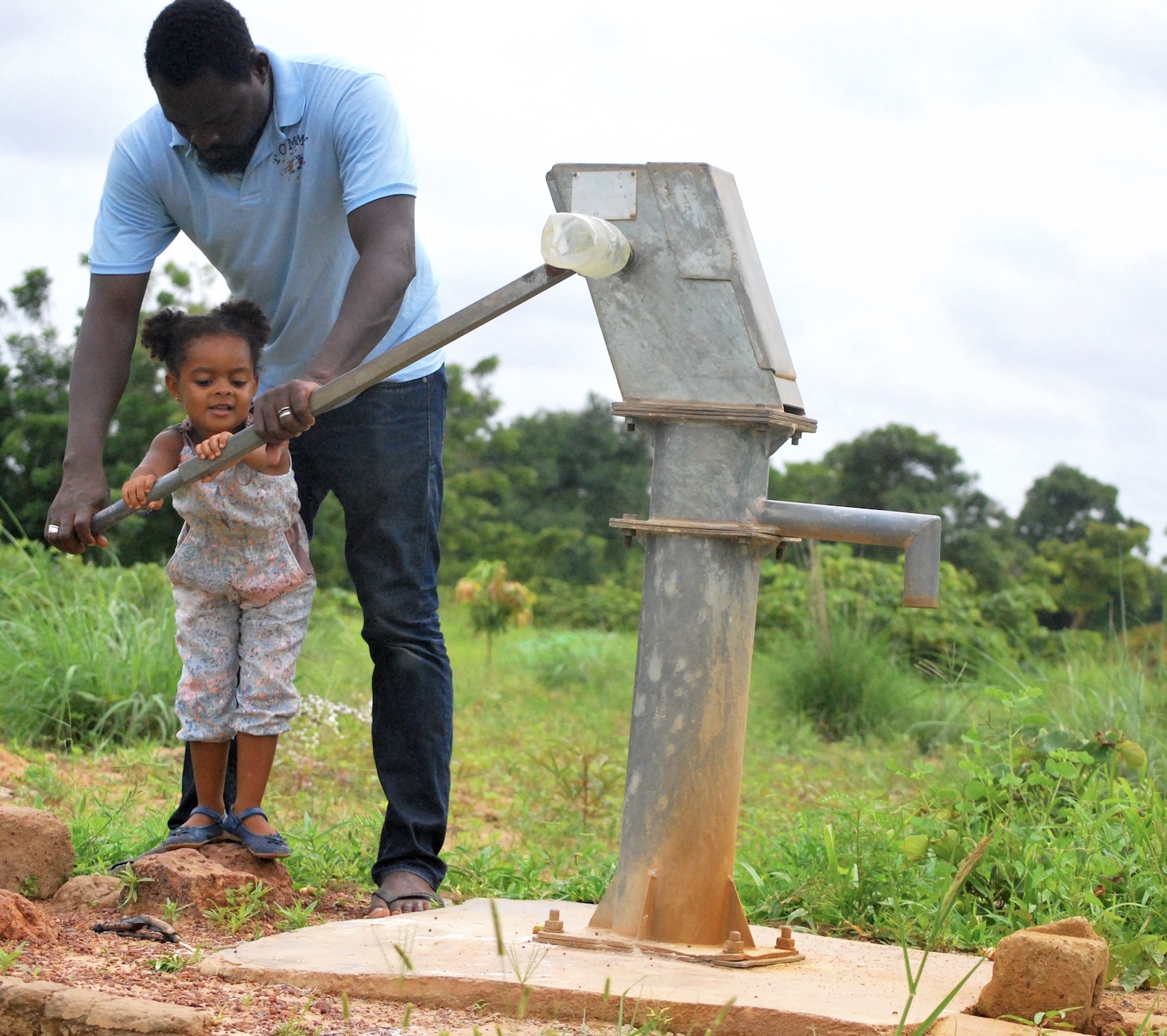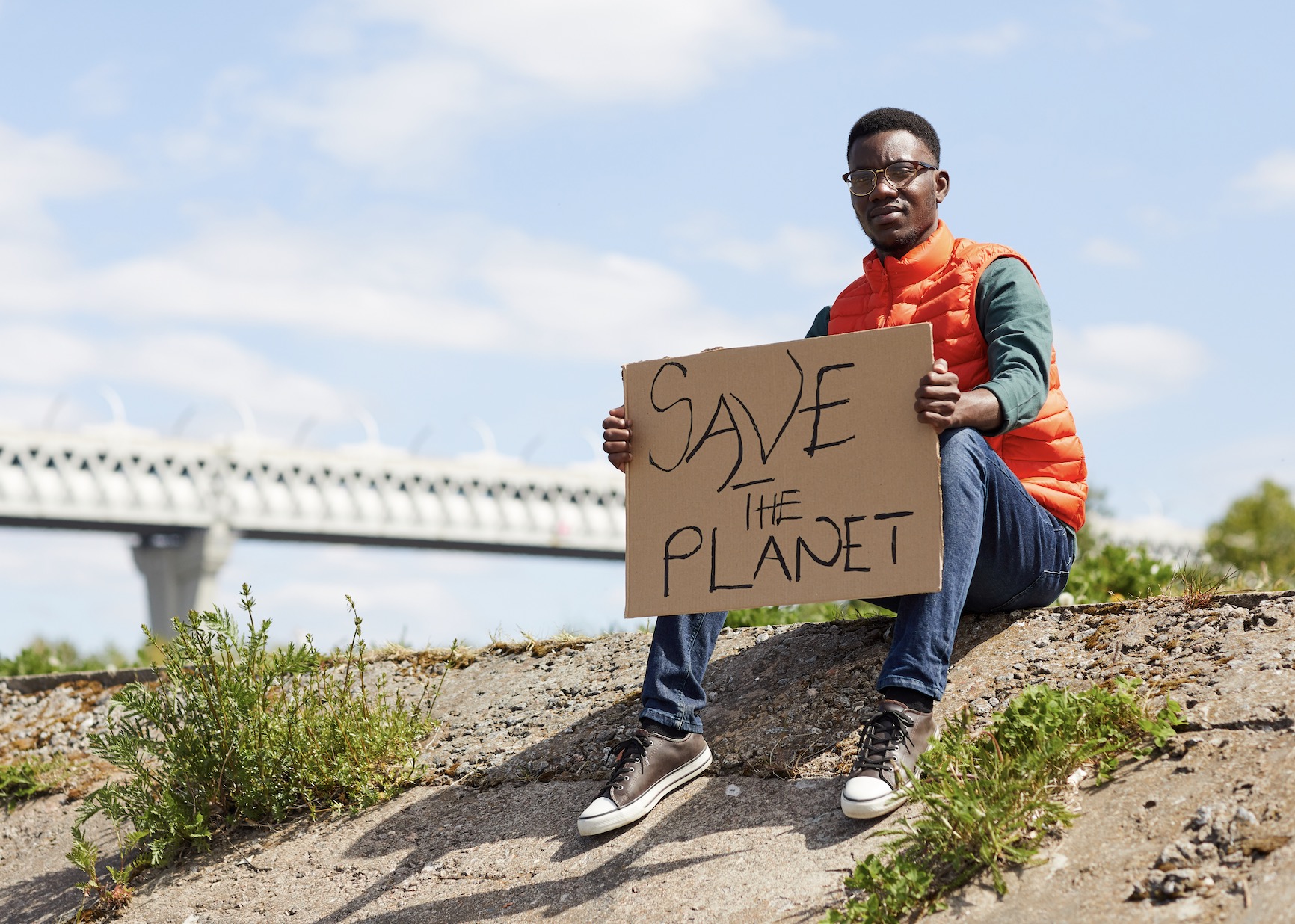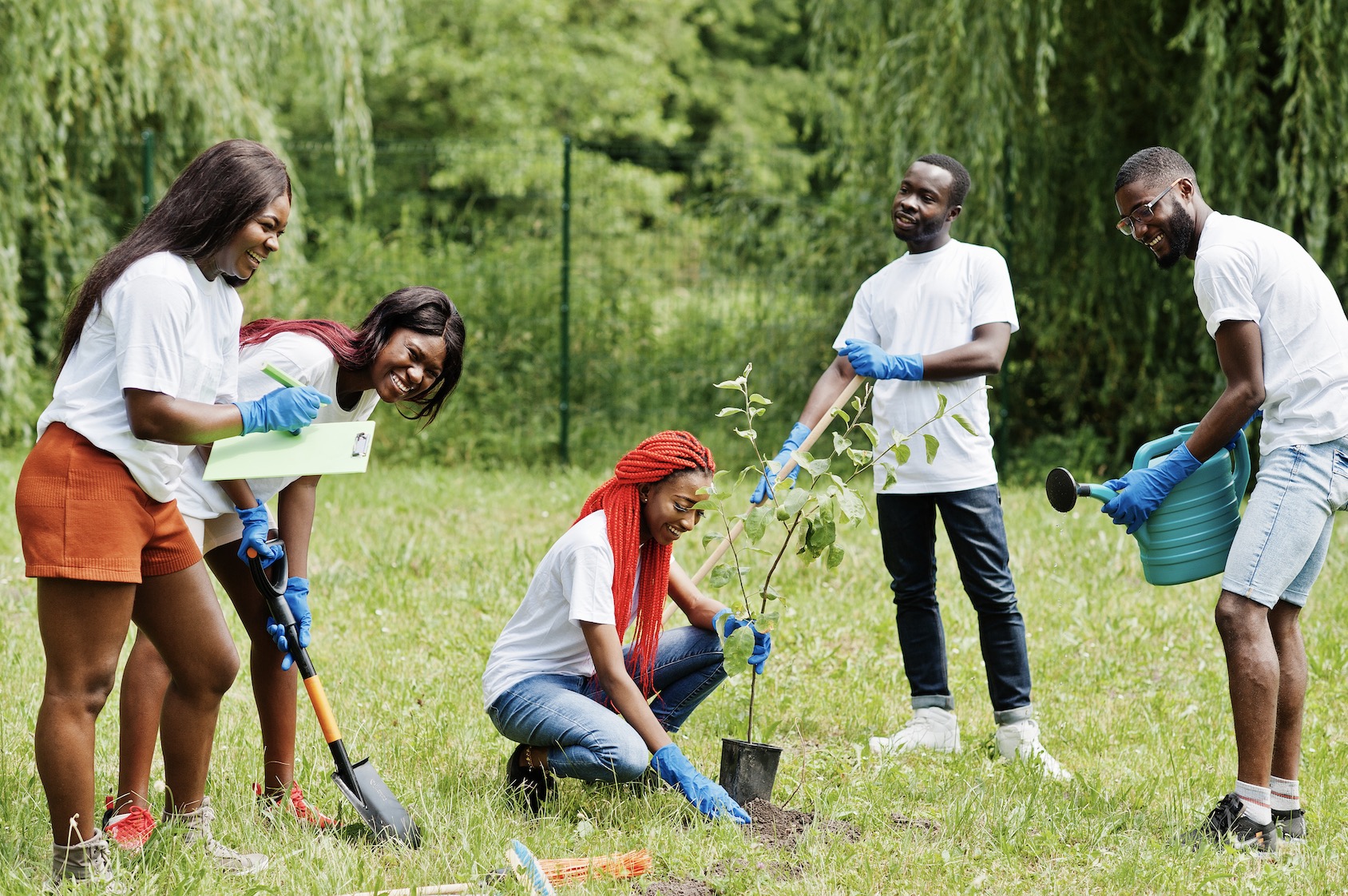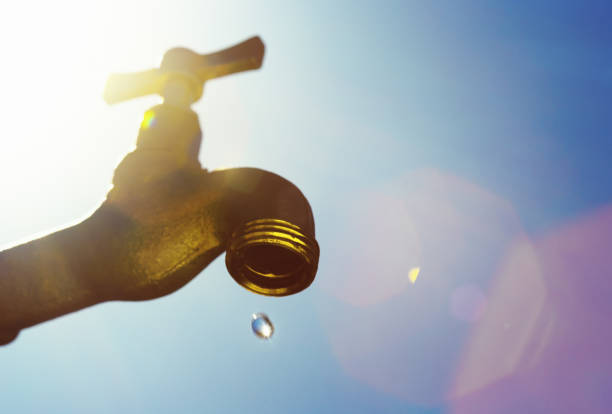On this page, we suggest ways in which campaigns, projects and events can be used to raise awareness on the dangers of consuming contaminated...
The five main causes of water shortage in South Africa are:
- Climate Change
- Population Growth and Urbanization
- Aging and Insufficient Infrastructure
- Pollution
- Inefficient Water Use and Management
South Africa faces significant challenges with water scarcity, a critical issue that impacts millions and threatens both its ecological and economic stability. This scarcity is driven by a complex interplay of factors, which range from natural conditions to human activities. Understanding these causes is essential for addressing the water shortage and developing sustainable solutions to ensure a secure water future for the nation.
Article Highlights
- Climate Change: South Africa is experiencing increasingly erratic weather patterns due to climate change, including prolonged droughts that significantly reduce water availability across the country.
- Population Growth and Urbanization: Rapid urbanization and population growth, particularly in major cities like Johannesburg and Cape Town, have led to increased demand for water resources that the existing infrastructure struggles to meet.
- Aging and Insufficient Infrastructure: Much of South Africa’s water infrastructure is aging and inefficient, with significant water losses occurring through leaks and bursts in the system, exacerbating the water scarcity issue.
- Pollution: Water sources are increasingly contaminated with pollutants from agricultural runoff, industrial discharges, and improper waste disposal, reducing the amount of clean water available for use.
- Inefficient Water Use and Management: Inadequate water management practices, both in agriculture, which consumes the majority of the country’s water, and in urban settings, lead to substantial water wastage and inefficiency in its use.
These factors highlight the multifaceted nature of the water scarcity issue in South Africa, underlining the need for comprehensive and integrated water management strategies to secure water for all its citizens.
#FACTS
Here are seven hard facts highlighting the main causes of water shortage in South Africa:
- Decreased Rainfall: South Africa has experienced below-average rainfall in many regions over the last decade. The country’s Western Cape region, for example, faced a severe drought from 2015 to 2018, which saw dam levels drop to critical lows.
- High Evaporation Rates: South Africa’s high temperatures contribute to significant evaporation. The country loses approximately 1,300 to 1,600 million cubic meters of water per year to evaporation from its major dams.
- Aging Water Infrastructure: According to South Africa’s Department of Water and Sanitation, about 35% of the country’s water supply is lost due to leaks in aging infrastructure. This amounts to a financial loss of roughly R7 billion annually.
- Population Growth: The population of South Africa has grown from about 40 million in the early 1990s to approximately 60 million today, increasing the demand on the already strained water supply systems.
- Urbanization: The rapid urbanization rate, especially in cities like Johannesburg and Cape Town, has put additional pressure on water resources, with urban areas experiencing more pronounced shortages during drought periods.
- Water Pollution: Industrial discharge, mining activities, and agricultural runoff significantly contaminate water sources. Key water systems like the Vaal River are heavily polluted, affecting water quality and usability for millions of people.
- Inefficient Agricultural Water Use: Agriculture consumes about 60% of South Africa’s water supply, much of which is used inefficiently. Traditional irrigation methods contribute to significant water loss, exacerbating shortages during periods of drought.
These facts underscore the multifaceted nature of water scarcity challenges in South Africa, pointing to the need for comprehensive solutions that address both supply and demand issues, as well as infrastructure upgrades and better resource management practices.
Climate Change: Leading to Reduced Rainfall and More Frequent Droughts
Climate change has had a profound effect on South Africa, exacerbating water scarcity through decreased rainfall and increased frequency and severity of droughts. For instance, the Western Cape experienced a severe drought between 2015 and 2018, which was considered one of the worst in a century. This drought brought Cape Town dangerously close to “Day Zero,” a moment when municipal water supplies would have been largely shut off. Scientific studies indicate that Southern Africa’s climate is warming at about twice the global rate, suggesting that such extreme weather events are likely to become more common.
Decreased rainfall impacts not only the amount of water available but also agricultural productivity and water quality. The government’s data indicates that annual rainfall has become highly variable, compounding long-term planning difficulties and resource management. Furthermore, as temperatures continue to rise, evaporation rates increase, further reducing available water in reservoirs and rivers.
Population Growth and Urbanization: Increasing Demand on Existing Water Supplies
South Africa’s population is growing and urbanizing at a rapid rate, placing additional pressure on its limited water resources. The population has increased from around 40 million in the early 1990s to approximately 60 million today. Urban areas, in particular, have seen substantial growth — for example, Johannesburg and the surrounding Gauteng province are now home to over 14 million people. This urban migration has led to increased demand for municipal water services, stretching the existing infrastructure to its limits.
Urbanization also impacts water supply in indirect ways. The expansion of cities and the corresponding increase in impervious surfaces reduce the ground’s ability to naturally recharge aquifers with rainwater. Additionally, the concentration of pollutants in urban areas can degrade water quality, further limiting the amount of water safely available for use.
Aging and Insufficient Infrastructure: Resulting in Significant Water Losses
South Africa’s water infrastructure is grappling with the challenges of aging and underinvestment, leading to substantial water losses across the country. Many of the water delivery systems are old and not well-maintained, resulting in leaks and bursts that cause significant losses. According to a report by the South African Water and Sanitation Department, the country loses about 35% of its municipal water supply due to leaks and aging infrastructure. This equates to a loss of approximately 1,660 million cubic meters of water per year. The financial implications are also considerable, with the economic losses attributed to water leaks estimated at around R7 billion annually.
Pollution: Contaminating Available Water Sources
Water pollution remains a severe issue in South Africa, driven by industrial waste, agricultural runoff, and inadequate waste management. Industrial effluents and mining activities release heavy metals and other hazardous substances into water bodies, severely affecting water quality. Agricultural runoff, which often contains pesticides, herbicides, and fertilizers, further contributes to the contamination of rivers and groundwater. The Vaal River, one of South Africa’s main water sources, has been particularly affected by pollution from sewage spillages and industrial waste, compromising water quality for millions of users.
The impact on public health is significant, with communities relying on these contaminated sources experiencing higher incidences of waterborne diseases. Addressing these pollution issues is crucial, requiring stringent enforcement of environmental regulations and the adoption of cleaner technologies.
Inefficient Water Use and Management: Leading to Wastage and Suboptimal Allocation of Water Resources
Inefficiency in water use and management in South Africa is a significant concern, particularly in the agricultural sector, which consumes about 60% of the country’s water supply. Traditional irrigation techniques, which are prevalent in South Africa, are often inefficient and lead to considerable water wastage. Additionally, there is a lack of widespread adoption of water-saving technologies and practices across both agricultural and urban settings.
Water management practices also suffer from suboptimal allocation of resources, where water rights and access can be uneven, sometimes prioritizing higher-value crops or wealthier communities. This can lead to overuse in some areas while leaving others in dire need. The country’s water management challenges are compounded by sporadic enforcement of water usage policies and a lack of comprehensive data to inform decision-making.
To address these challenges, South Africa needs to invest in updating its water infrastructure, introduce and enforce stricter pollution controls, and adopt more efficient water use practices and technologies. Moreover, enhancing the management strategies to ensure equitable and sustainable water distribution is essential for securing the nation’s water future.





